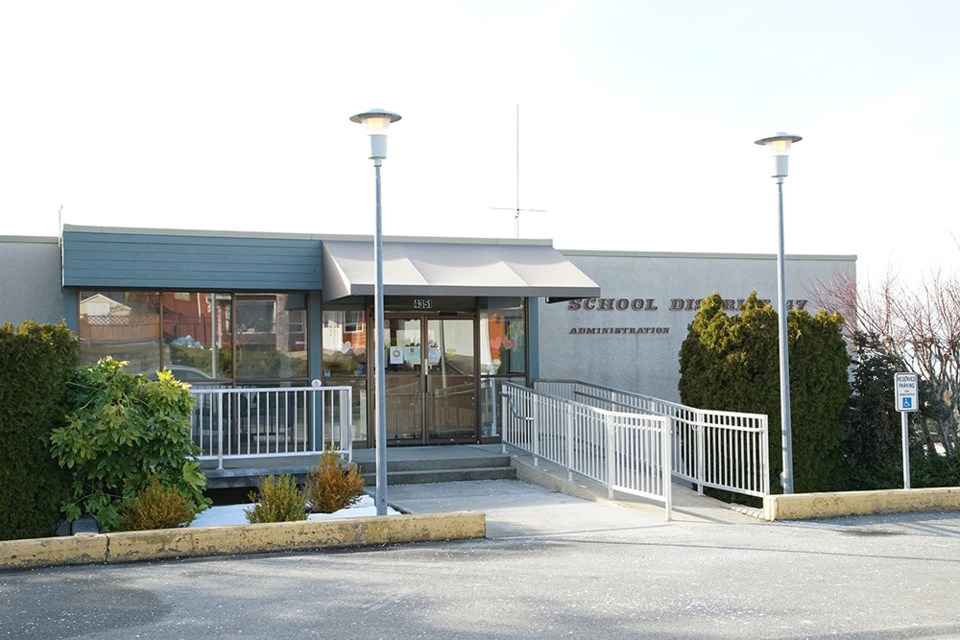September 30 marks the first National Day of Truth and Reconciliation and School District 47 (SD47) and its schools will be observing it in several ways.
“This day provides an opportunity for every Canadian to recognize the legacy of residential schools,” stated SD47 director of instruction Allison Burt. “While schools will not be in session, students and staff will be involved in a wide range of classroom and school-wide activities and learning opportunities throughout the week leading up to September 30 to honour the truths of the residential school system and to foster reconciliation.”
Burt stated that some of the actions and activities include Kelly Creek Community School having all of its students learning the Coast Salish anthem during music classes, which will be sung together as a school on September 29 at the beginning of a planned outdoor ceremony. The newly learned anthem will continue to be sung throughout the year at the start of every school assembly.
One of the school district’s online programs is hosting an Orange Shirt Day ceremony with a truth and reconciliation walk. There will be six places along the walk where classes stop, complete a guided activity, and reflect, according to Burt.
“Many of our School District 47 teachers and online families have registered to attend the National Centre for Truth and Reconciliation’s truth and reconciliation week,” stated Burt. “This five-day national event includes workshops, conversations, video content and activities for grades five to 12 students, all supported by artistic and cultural performances by Indigenous artists and storytellers.”
Burt stated the school district’s online school has shared Phyllis Webstad’s story (The Story Behind Orange Shirt Day), and in addition to providing activities and resources to learn and discuss the harm of the residential school system, they have asked staff, families and students to share pictures of themselves in their orange shirts on their private social media pages as a way to raise awareness and to honour the children who survived residential schools and to remember those who didn’t.
Schools and classrooms are taking time to read, watch and view Indigenous content and creative artifacts by Indigenous people, including carvers such as William Wasden, from Alert Bay, and authors Cherie Dimaline (The Marrow Thieves) and Monique Gray Smith (Speaking Our Truth), and videos and podcasts from Indigenous filmmakers and podcasters.
Some teachers and classrooms are using the Spirit Bear’s Guide to the Truth and Reconciliation Commission of Canada Calls to Action as a youth guide to the Truth and Reconciliation Commission’s 94 Calls to Action, stated Burt. This booklet can be used with grade four to 12 students as a way to access the calls to action.
Variations of the Project of Heart will be done throughout the school district, where students engage in an exploration of Indigenous traditions in Canada and the history of residential schools, according to Burt. Students will also decorate tiles and/or rocks as a way to commemorate the lives of the students who died as a result of the residential school experience.



